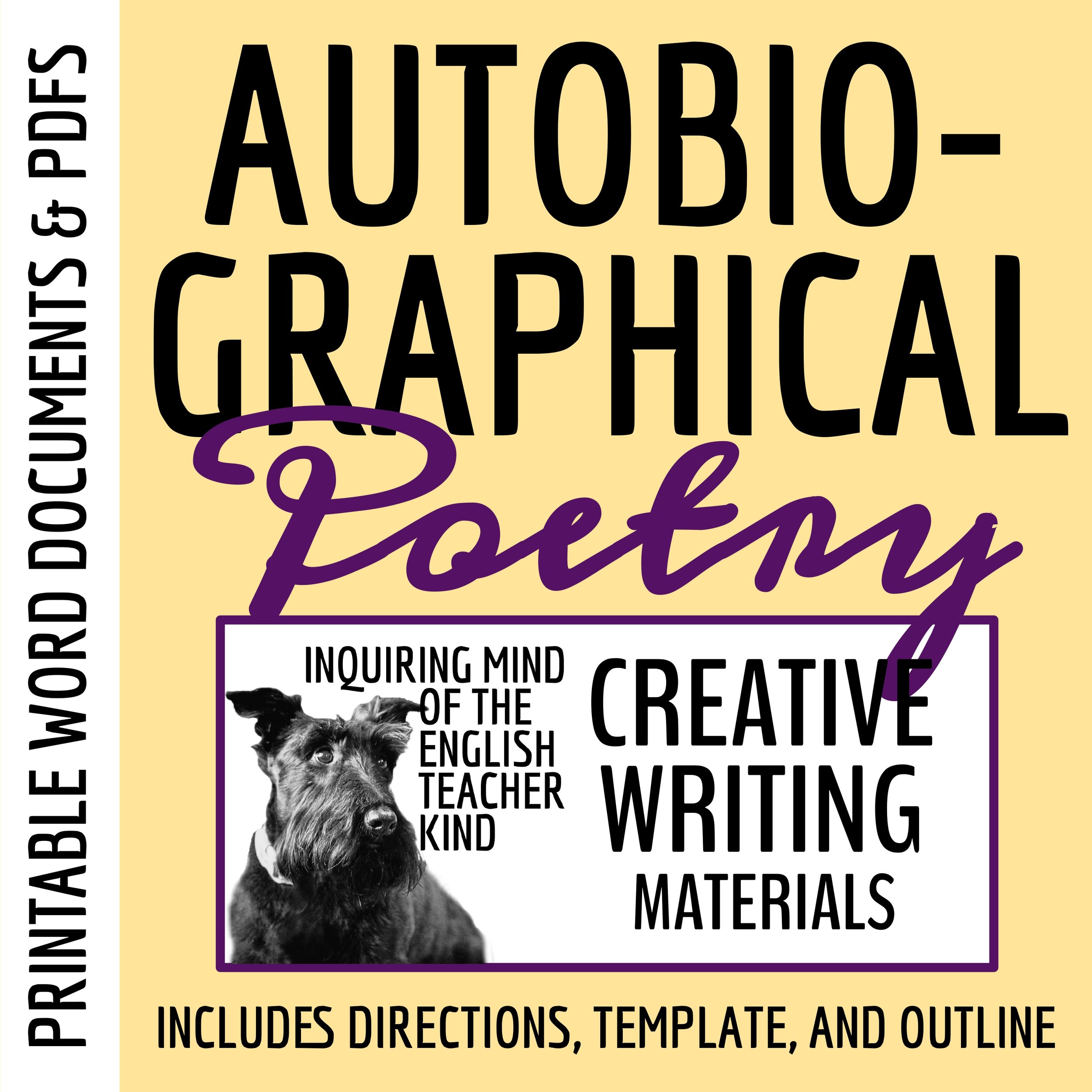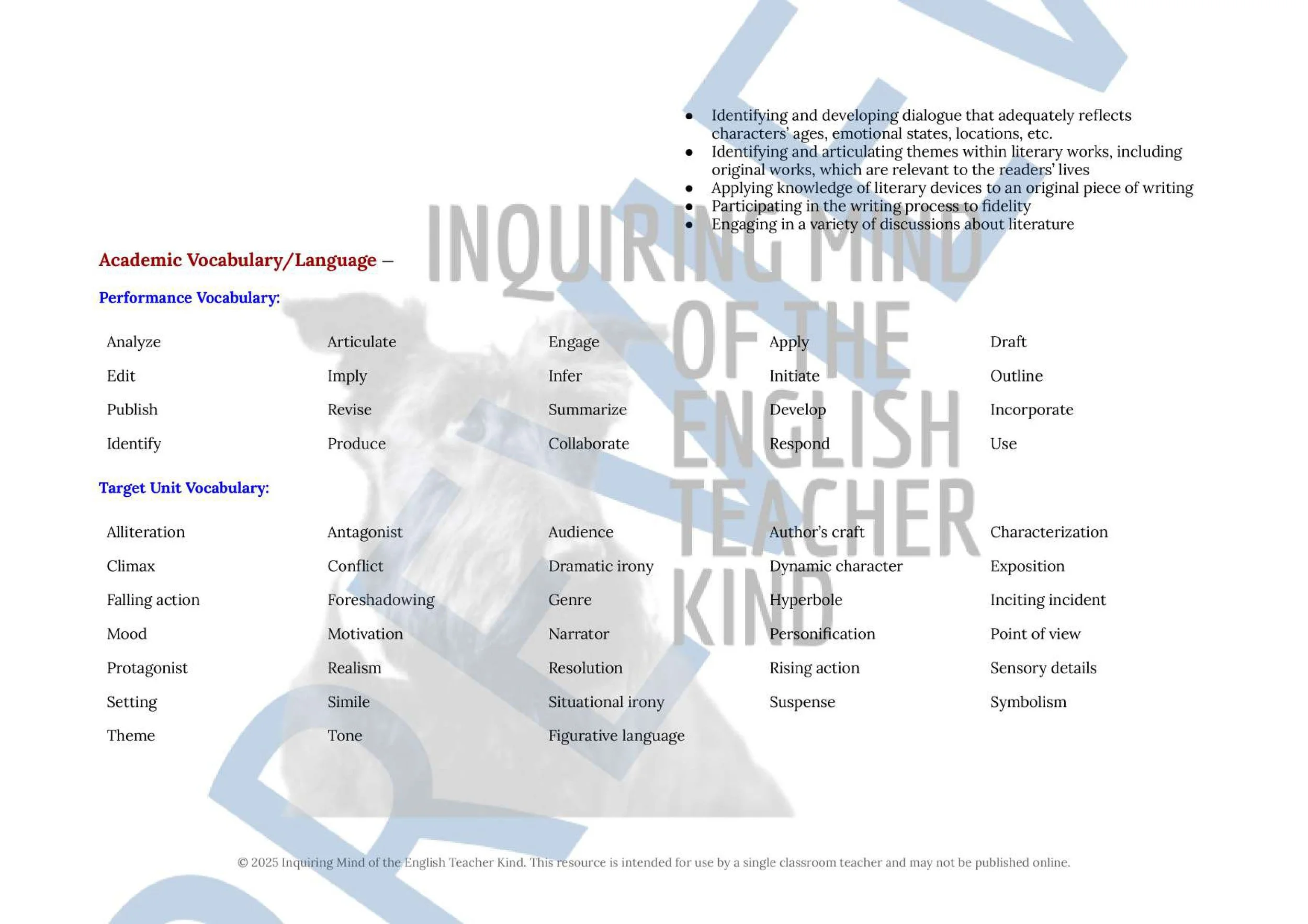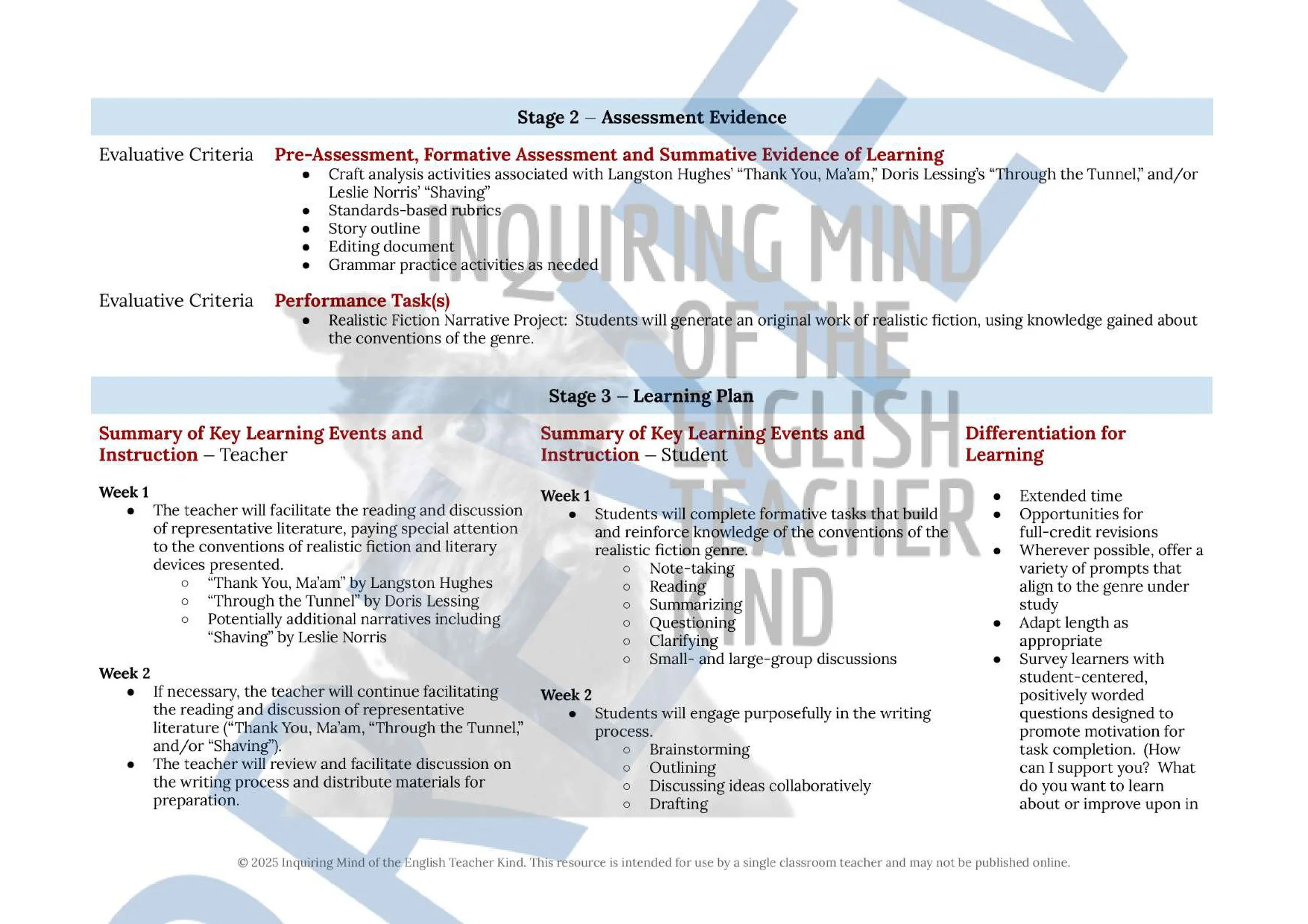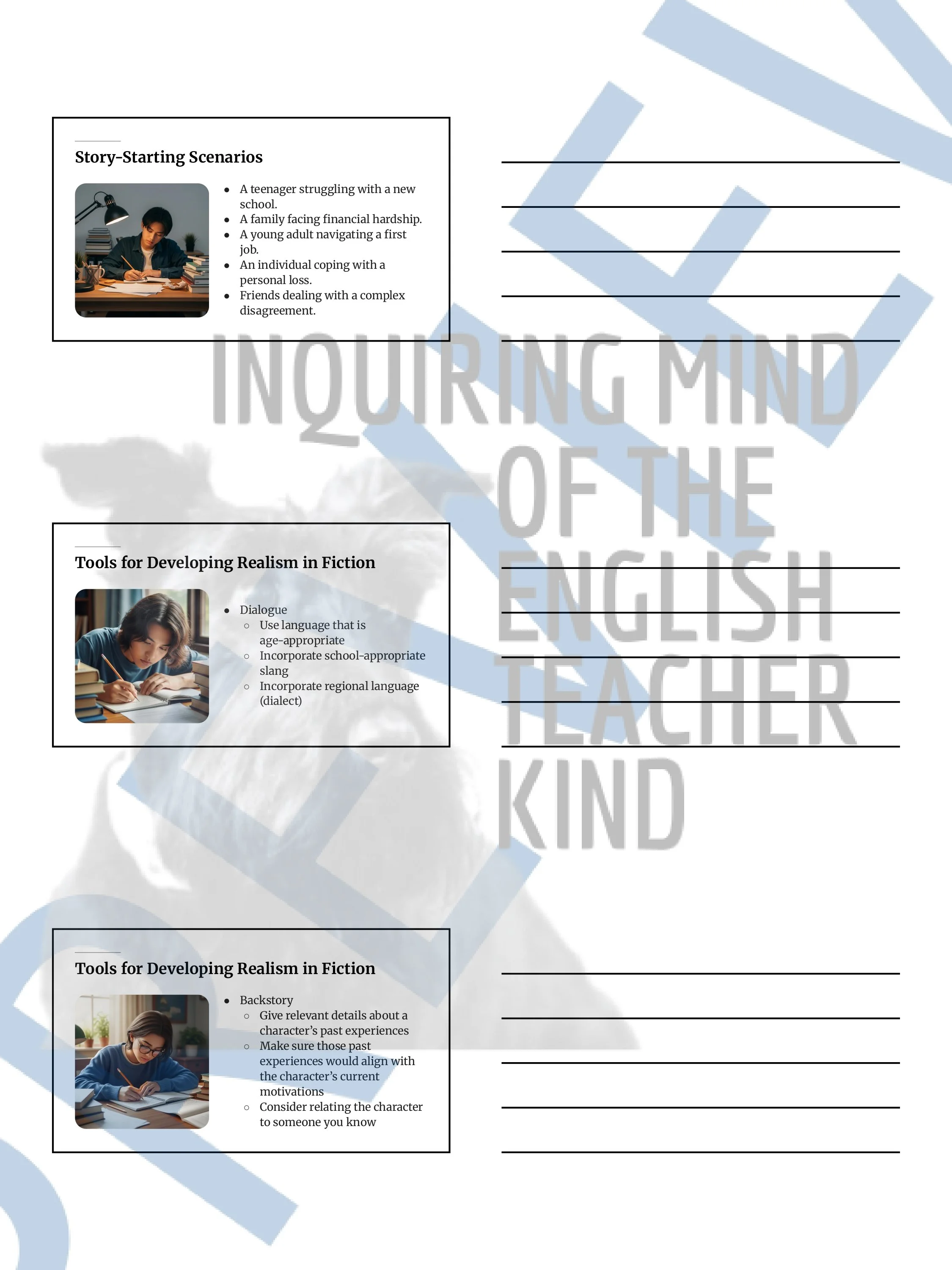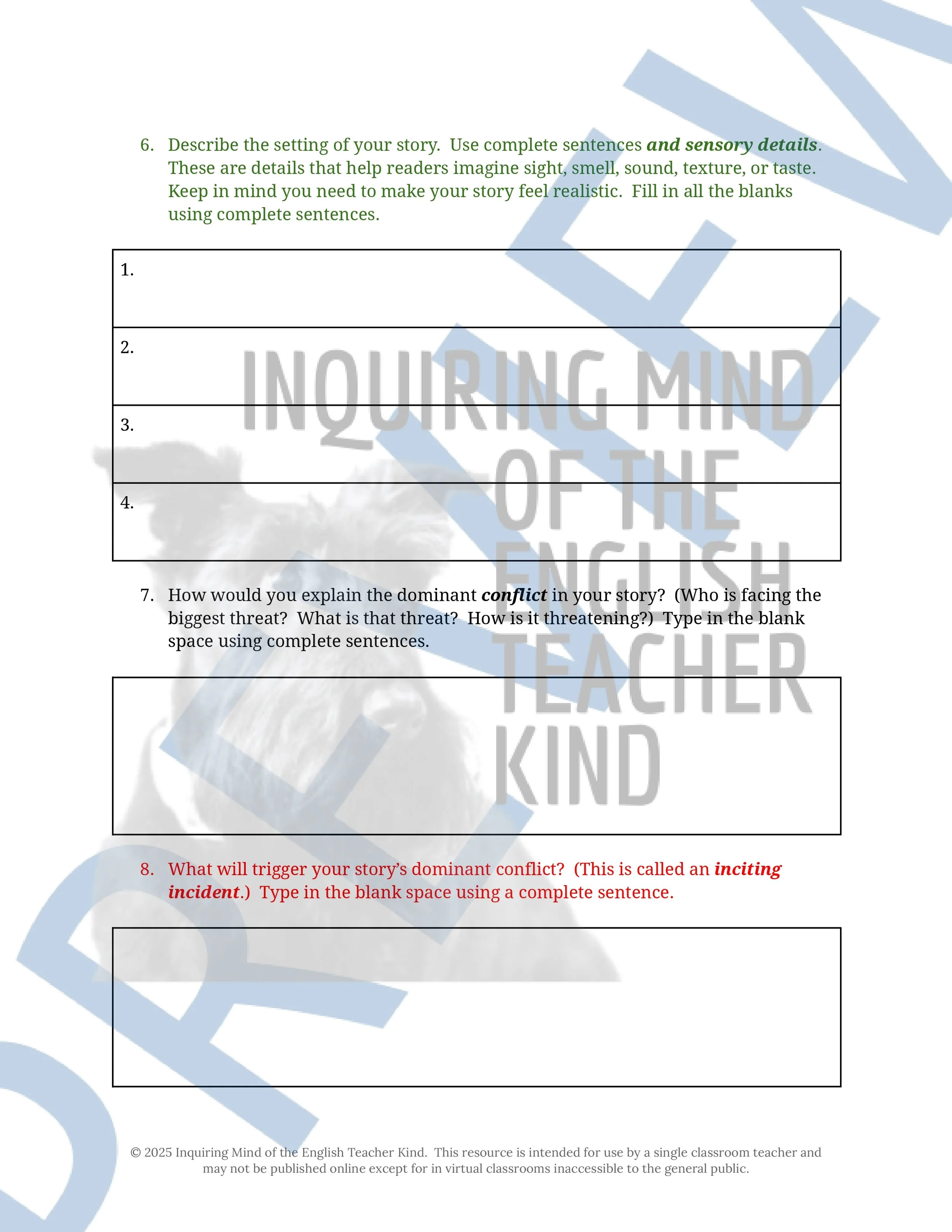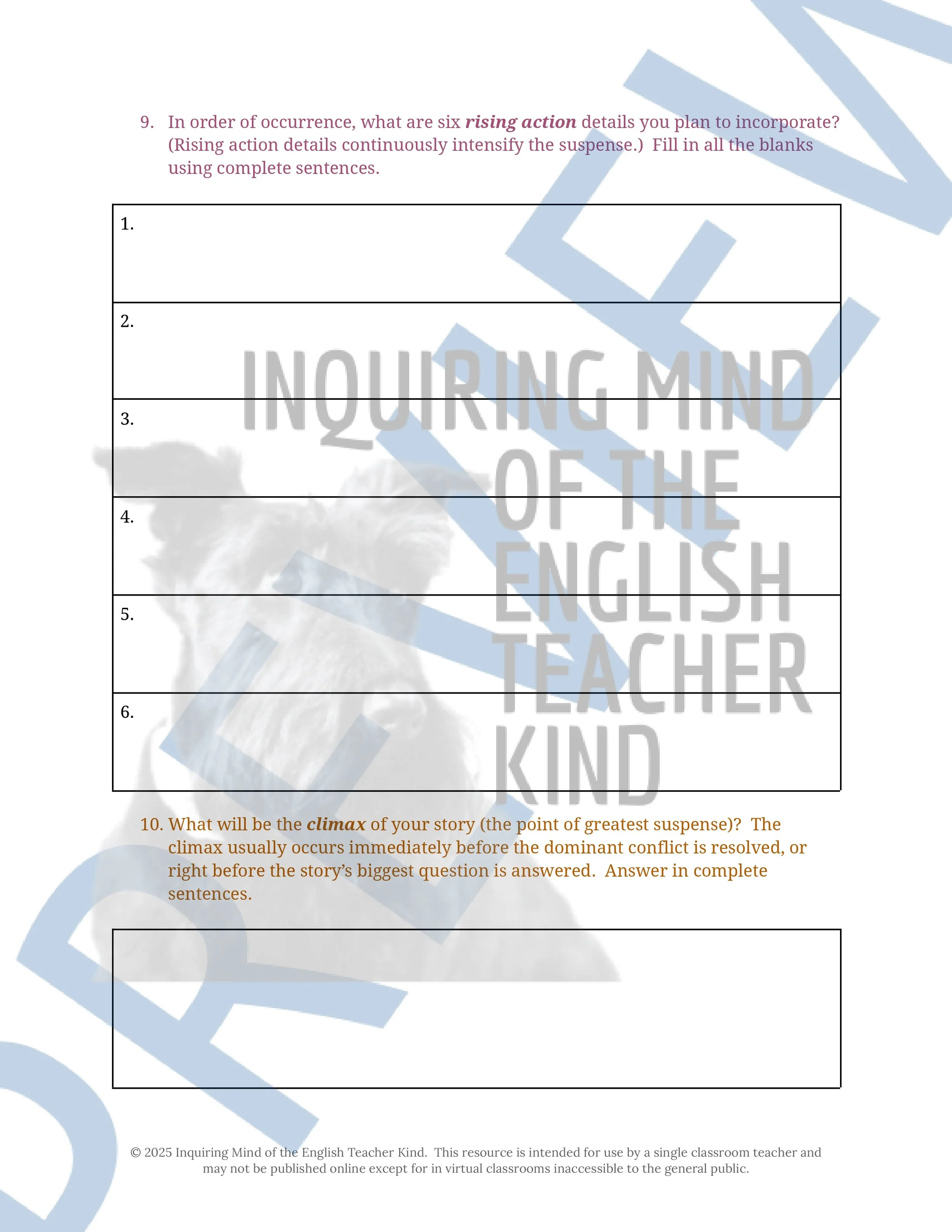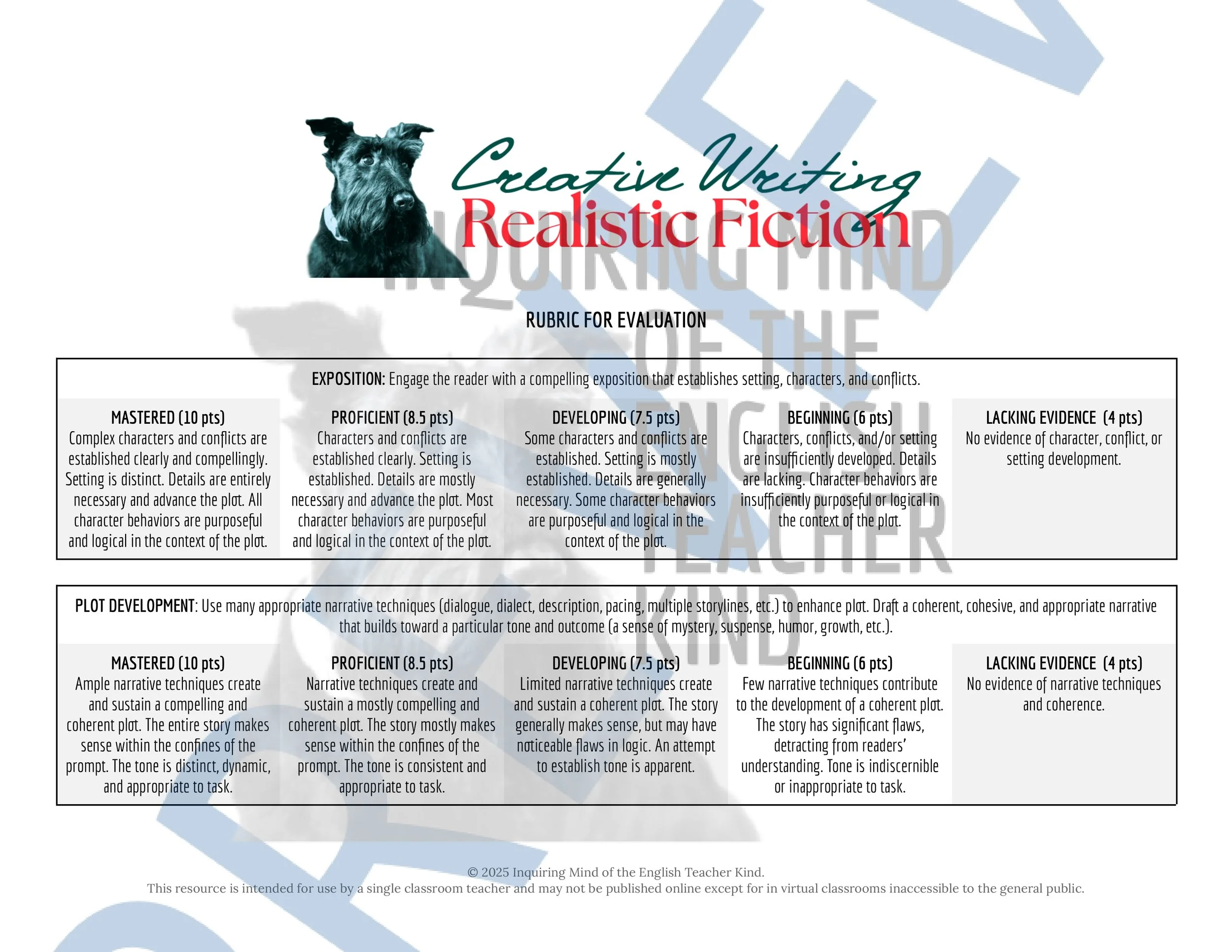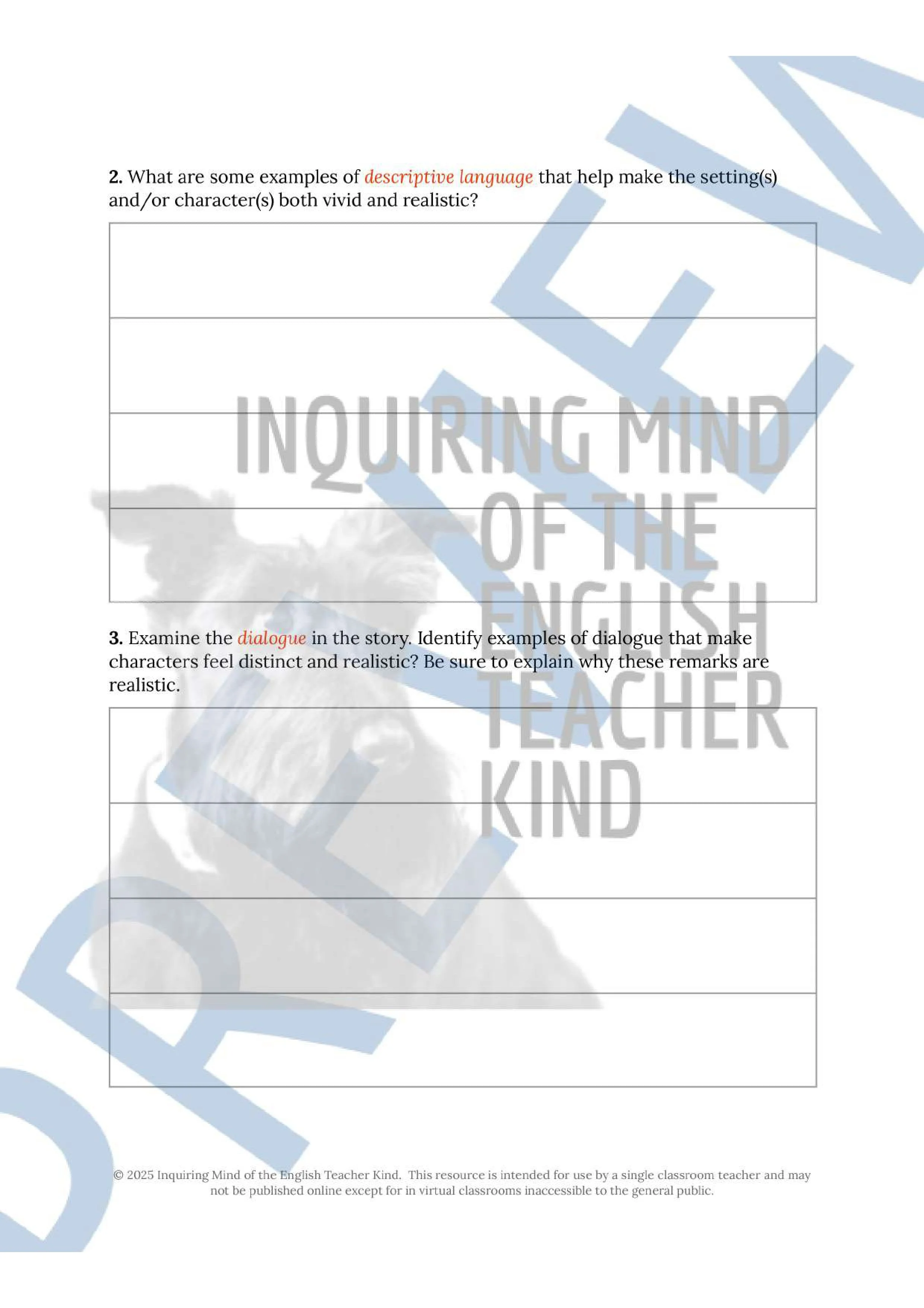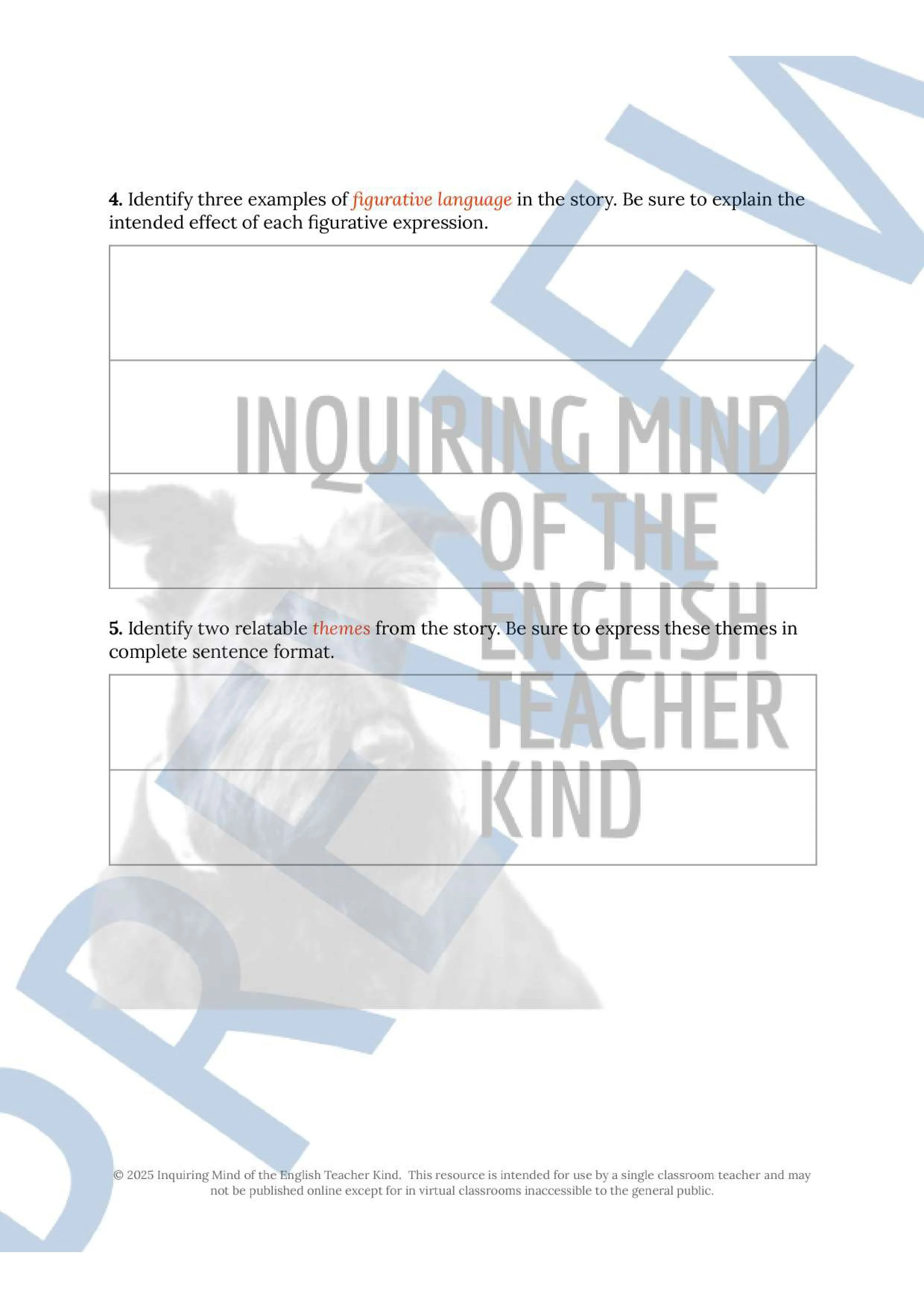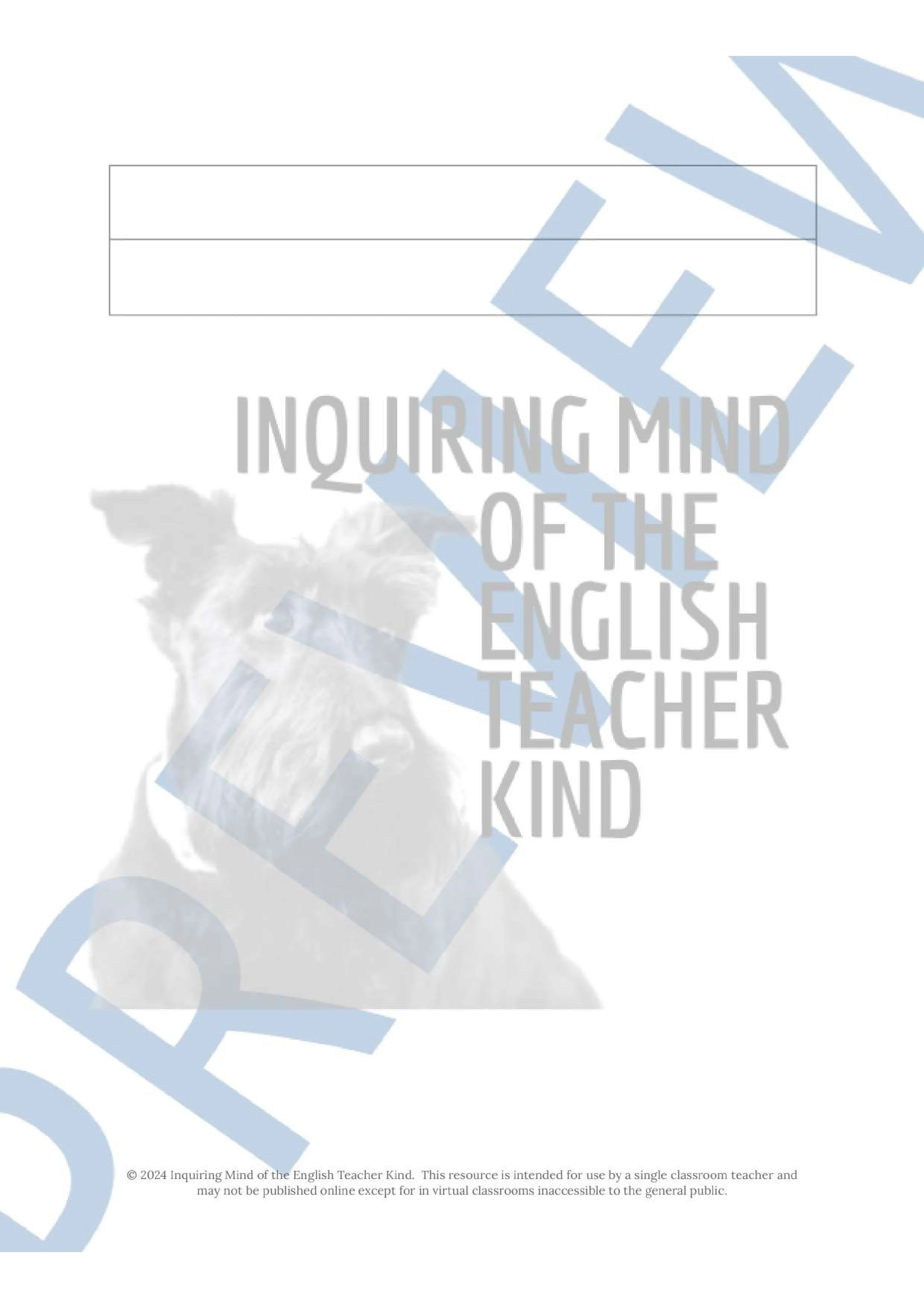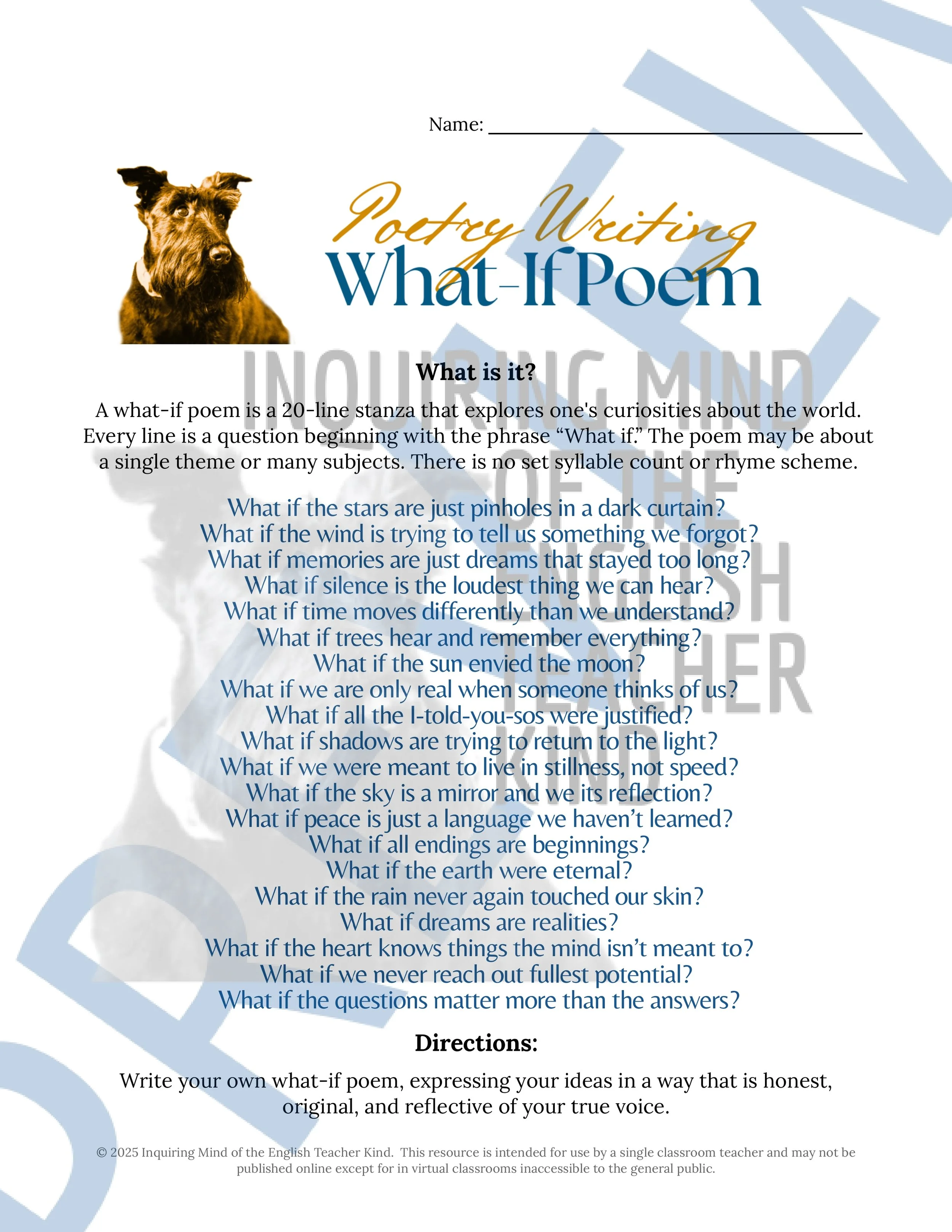 Image 1 of 25
Image 1 of 25

 Image 2 of 25
Image 2 of 25

 Image 3 of 25
Image 3 of 25

 Image 4 of 25
Image 4 of 25

 Image 5 of 25
Image 5 of 25

 Image 6 of 25
Image 6 of 25

 Image 7 of 25
Image 7 of 25

 Image 8 of 25
Image 8 of 25

 Image 9 of 25
Image 9 of 25

 Image 10 of 25
Image 10 of 25

 Image 11 of 25
Image 11 of 25

 Image 12 of 25
Image 12 of 25

 Image 13 of 25
Image 13 of 25

 Image 14 of 25
Image 14 of 25

 Image 15 of 25
Image 15 of 25

 Image 16 of 25
Image 16 of 25

 Image 17 of 25
Image 17 of 25

 Image 18 of 25
Image 18 of 25

 Image 19 of 25
Image 19 of 25

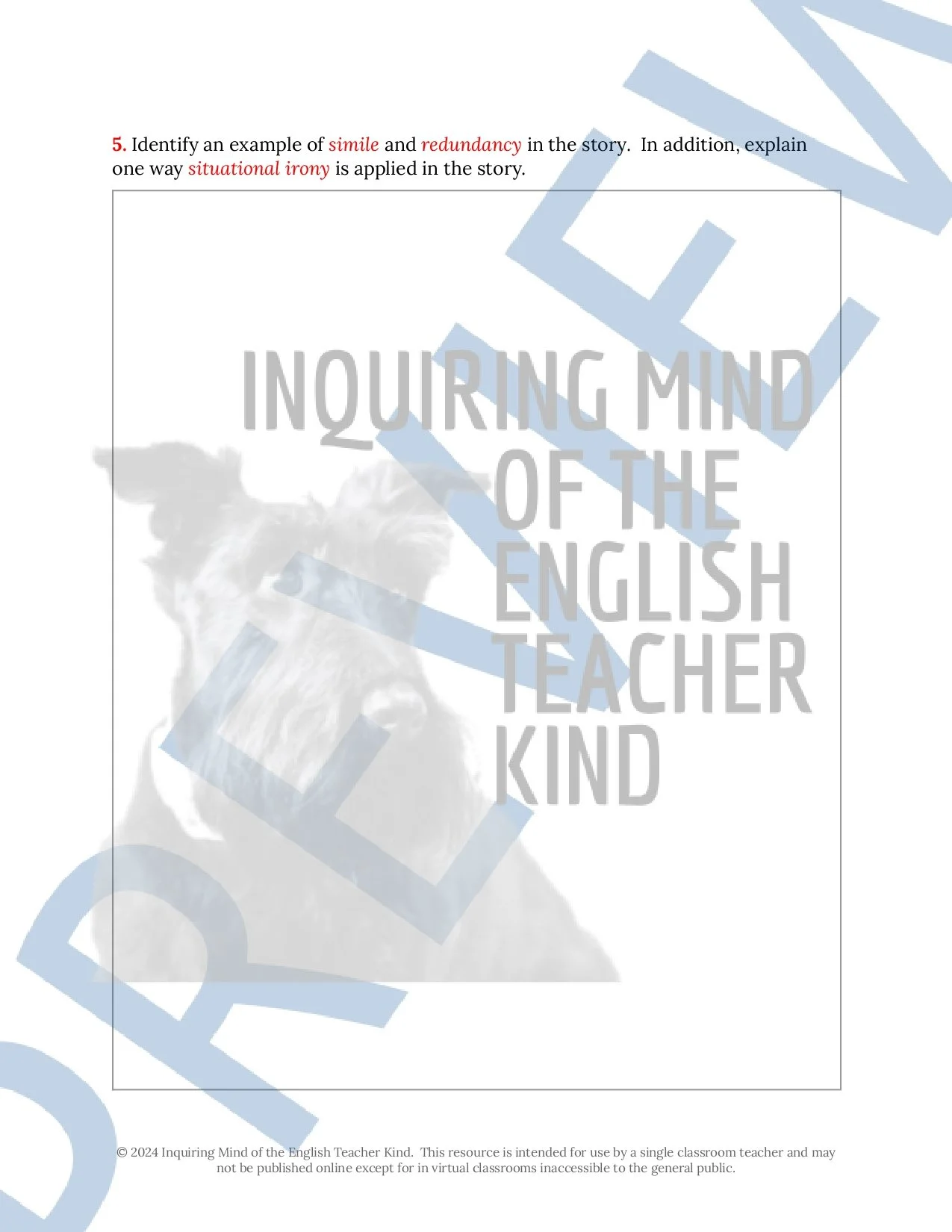 Image 20 of 25
Image 20 of 25

 Image 21 of 25
Image 21 of 25

 Image 22 of 25
Image 22 of 25

 Image 23 of 25
Image 23 of 25

 Image 24 of 25
Image 24 of 25

 Image 25 of 25
Image 25 of 25


























High School Creative Writing Unit Plan for Fantasy Short Stories and Tall Tales
Save time without sacrificing rigor in the high school Creative Writing classroom with this Common Core-aligned unit plan and these comprehensive, low-prep materials for engaging students fully in the narrative writing process. Materials are delivered in Word Document and PDF formats. (Alternatively, digital versions made for Google Drive are available.) Included are the following:
A detailed, standards-based unit plan articulating the unit's transfer goal(s), essential question(s), enduring understanding(s), learning target(s), academic vocabulary, formative assessment(s), summative performance task(s), and learning plan(s)
A PowerPoint presentation addressing the conventions of the fantasy genre
Representative fantasy narratives ("The Wife's Story" by Ursula K. Le Guin, "The Chaser" by John Collier, and "The Devil and Daniel Webster" by Stephen Vincent Benet)
Worksheets to facilitate analysis of representative literature
Detailed directions
A comprehensive outline for student planning
A document to facilitate the editing process
A comprehensive rubric for evaluating student writing
By engaging with these materials, students will do the following:
Develop greater understanding of the conventions of the fantasy genre.
Analyze how John Collier used figurative language (simile, metaphor, and euphemism), characterization, direct description, and foreshadowing to generate a compelling fantasy narrative in "The Chaser."
Analyze how Ursula K. Le Guin used characterization and grammatically improper language to develop an anthropomorphized protagonist in "The Wife's Story."
Develop a greater understanding of how Stephen Vincent Benet used hyperbole, simile, metaphor, and other literary devices to convey an exaggerated narrative in "The Devil and Daniel Webster" that is consistent with the supernatural fiction and tall tales.
Organize initial ideas in a coherent manner.
Engage the reader with a compelling exposition that establishes setting, characters, and conflicts
Use many appropriate narrative techniques (dialogue, dialect, description, pacing, etc.) to enhance a plot that is consistent with the fantasy genre
Draft a coherent, cohesive, and appropriate narrative that builds toward a particular tone and outcome (a sense of mystery, suspense, etc.)
Use precise words and phrases, active verbs, and sensory language to convey a compelling story
Draft a reasonable and unrushed conclusion that resolves conflicts and conveys a theme
Show mastery of the conventions of standard English grammar, usage, capitalization, punctuation, and spelling.
Unit plans are available for a variety of writing tasks:
Save time without sacrificing rigor in the high school Creative Writing classroom with this Common Core-aligned unit plan and these comprehensive, low-prep materials for engaging students fully in the narrative writing process. Materials are delivered in Word Document and PDF formats. (Alternatively, digital versions made for Google Drive are available.) Included are the following:
A detailed, standards-based unit plan articulating the unit's transfer goal(s), essential question(s), enduring understanding(s), learning target(s), academic vocabulary, formative assessment(s), summative performance task(s), and learning plan(s)
A PowerPoint presentation addressing the conventions of the fantasy genre
Representative fantasy narratives ("The Wife's Story" by Ursula K. Le Guin, "The Chaser" by John Collier, and "The Devil and Daniel Webster" by Stephen Vincent Benet)
Worksheets to facilitate analysis of representative literature
Detailed directions
A comprehensive outline for student planning
A document to facilitate the editing process
A comprehensive rubric for evaluating student writing
By engaging with these materials, students will do the following:
Develop greater understanding of the conventions of the fantasy genre.
Analyze how John Collier used figurative language (simile, metaphor, and euphemism), characterization, direct description, and foreshadowing to generate a compelling fantasy narrative in "The Chaser."
Analyze how Ursula K. Le Guin used characterization and grammatically improper language to develop an anthropomorphized protagonist in "The Wife's Story."
Develop a greater understanding of how Stephen Vincent Benet used hyperbole, simile, metaphor, and other literary devices to convey an exaggerated narrative in "The Devil and Daniel Webster" that is consistent with the supernatural fiction and tall tales.
Organize initial ideas in a coherent manner.
Engage the reader with a compelling exposition that establishes setting, characters, and conflicts
Use many appropriate narrative techniques (dialogue, dialect, description, pacing, etc.) to enhance a plot that is consistent with the fantasy genre
Draft a coherent, cohesive, and appropriate narrative that builds toward a particular tone and outcome (a sense of mystery, suspense, etc.)
Use precise words and phrases, active verbs, and sensory language to convey a compelling story
Draft a reasonable and unrushed conclusion that resolves conflicts and conveys a theme
Show mastery of the conventions of standard English grammar, usage, capitalization, punctuation, and spelling.
Unit plans are available for a variety of writing tasks:

